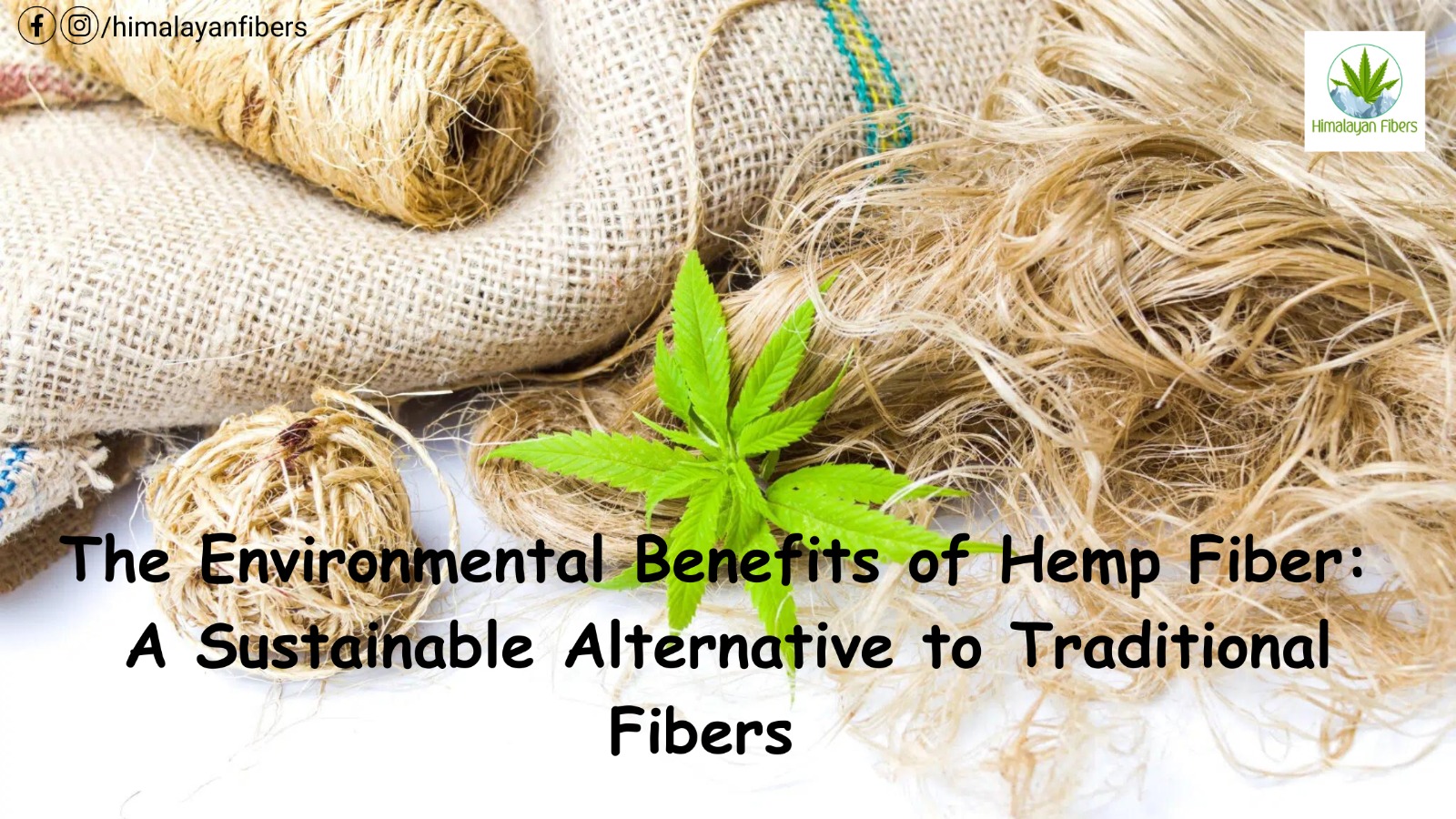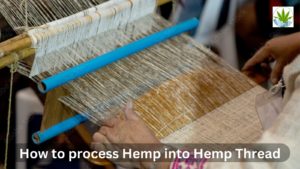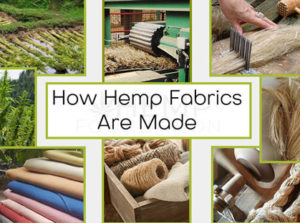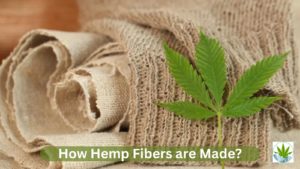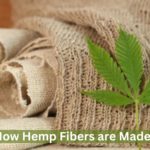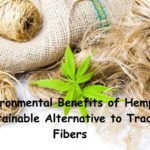Hemp, also known as industrial hemp, is a variety of the Cannabis sativa plant species. It is a sustainable and eco-friendly alternative to traditional fibers, with numerous environmental benefits. It is a renewable resource that requires minimal water, pesticides, and herbicides to grow. Hemp fiber is also biodegradable and has a low carbon footprint, making it an excellent choice for sustainable textiles, paper products, and building materials.
Here are some of the environmental benefits of hemp fiber:
- Sustainable Agriculture:
Hemp’s versatility and ability to grow without extensive chemical inputs make it a sustainable crop for organic and regenerative farming practices. Its deep root system helps prevent soil erosion, improves soil structure, and sequesters carbon, making it an eco-friendly choice for sustainable agriculture practices that promote healthy soil and water systems.
- No Chemical Used :
Hemp’s natural resistance to pests and diseases reduces the need for pesticides and herbicides, making it an eco-friendly choice for fiber production. This minimizes the risk of chemical residues and harmful chemicals in the environment. Hemp can also be grown without GMOs, making it a more sustainable choice compared to genetically modified cotton or synthetic fibers.
- 3. Reduced Environmental Impact
Hemp needs less water and pesticides than cotton and has a shorter growth cycle, requiring less land and leading to a lower carbon footprint compared to wood-based fibers like paper. Hemp fiber production has a lower environmental footprint than other fibers due to its minimal resource requirements.
- Degradation capability
Hemp has high degradation capability due to its biodegradability. When discarded or disposed of, hemp fibers can decompose naturally without causing harm to the environment, reducing waste in landfills. This makes it an eco-friendly choice for a variety of products, from textiles and clothing to paper and building materials.
- Adaptability and Robustness
Hemp fibers can be used for various applications, including textiles, paper, and building materials, due to its strength and durability. Additionally, hemp can grow in diverse climates without extensive chemical inputs, making it adaptable to different growing conditions.
In conclusion, hemp fiber offers numerous environmental benefits as a sustainable alternative to traditional fibers. Its lower environmental impact, sustainable agriculture practices, reduced chemical use, water conservation, versatility, durability, carbon sequestration, and biodegradability make hemp fiber a promising choice for environmentally conscious industries and consumers seeking more sustainable options.


